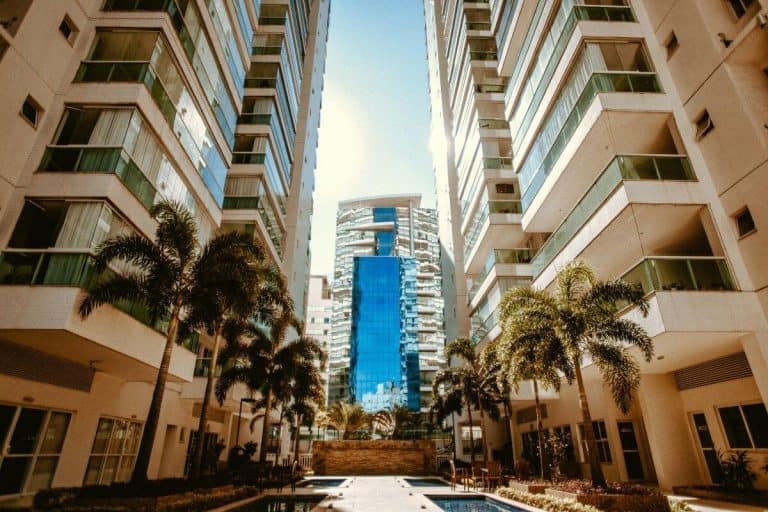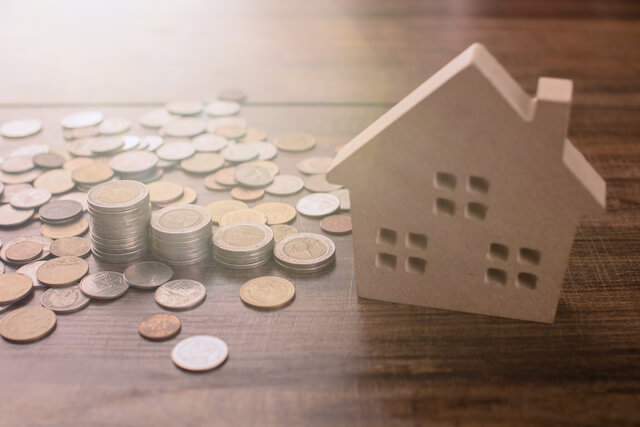How To Take Advantage of a Hot Real Estate Market Without Selling Your Home

Do you own a house but don’t have any desire to sell your home? With Zillow experts anticipating home values to grow 16.4% in 2022, homeowners can easily take advantage of this opportunity.
Experts anticipate existing home sales to total 6.57 million this year, a 7% increase from last year. However, although selling your home is a great way to make money, you still may prefer your current home and its location, which can be motivation enough to stay.
Instead, you can leverage the equity in your home to put more money in your pocket. Here are three simple ways to leverage your home’s equity to your advantage.
Reduce Your Mortgage Payments
Lenders require private mortgage insurance (PMI) for those who plan to take out a mortgage with a down payment of less than 20% of the purchase price. PMI is different from homeowner insurance, which insures your property. Instead, the PMI protects the lender when borrowers can no longer make their monthly mortgage payments.
Therefore, homeowners can reduce their mortgage payments by getting rid of the PMI.
Typically, the PMI requirement automatically stops after the homeowner has at least 20% equity in the property. Home equity is calculated by subtracting the loan balance from the home’s value. For example, if the current market value of a home is $100,000 and the mortgage loan balance is $95,000, the homeowner owns 5% equity in the property:[($100,000 – $95,000) / $100,000].
However, your home equity increases when your property value increases due to a hot real estate market. For instance, using the same loan balance in the previous example ($95,000), but with a new market value of $150,000, the homeowner now owns over 36% equity: [($150,000 – $95,000) / $150,000].
Check with your lender if you qualify for the early removal of a PMI. They will hire an appraisal to verify your property’s current market value if they do.
On the other hand, if your lender does not allow for an early PMI removal, another option is to refinance your current mortgage. However, it’s essential to note the upfront closing costs of refinancing a loan. A homeowner will need to stay in their home after a refinance for a minimum set of years to reap the money-saving benefits.
Leveraging Your Home Equity
Another benefit of rising home values is that homeowners can leverage their increased home equity and convert it into “cash” in the form of a Home Equity Line of Credit (HELOC), which is similar to a credit card.
On average, lenders will provide a line of credit that is 75% to 80% of your home’s equity. This percentage is also referenced to loan-to-value (LTV).
So, for example, imagine a person has their home equity is $100,00. A lender can provide a line of credit that is 75% of the $100,000, which is $75,000. See below for more details.
- Market Value: $200,000
- Mortgage Balance: $100,000
- Home Equity = Market Value – Mortgage Balance = $200,000 – $100,000 = $100,000
- 75% LTV = 75% of Home Equity = 75% x $100,000 = $75,000
Homeowners can then leverage their home equity to increase their home value further or invest in other income-producing assets. However, it’s essential to note that borrowing against your home equity is still considered debt. So, only consider using your HELOC if you’re fiscally responsible and have a plan to pay it back.
Here are two ways of how you can reinvest your equity in your house:
Make Home Improvements
One way to use your HELOC is to finance home improvements to your property. With the right upgrades, it can further increase your home’s value over time.
Shawn Prouse, a seasoned Realtor with 23 years of experience in real estate, recommends making improvements to the kitchen or bath to increase your home’s market value. Additionally, he suggests making upgrades that can stand the test of time over trendy ones.
However, any improvements must meet your city’s codes. For instance, if you plan to sell your home in the future, you want to ensure that your upgrades don’t negatively impact a buyer’s home inspection checklist. Furthermore, the city can force you to undo your work if in violation, which can be an expensive project.
Purchase an Investment Property
Another way to invest your home’s equity is using it to purchase an investment property. For non-owner occupied properties, lenders usually require an investor to put a 20% to 25% down payment. Then, with the right deal, you can use the cash flow from the rental property to pay down the balance on the HELOC.
Another common real estate investing strategy is the BRRRR method. At a high level, an investor purchases an undervalued property with the help of their HELOC. The investor will then force appreciate the property’s value by making improvements. Afterward, an investor can recoup all or some of their initial investment using a cash-out refinance and pay down the balance on the HELOC.
More articles from Parent Portfolio:
15 Stamped Concrete Patio Patterns That Boost Your Curb Appeal
Mother In Law Suite: 8 Key Things To Consider Before Adding a New Space






